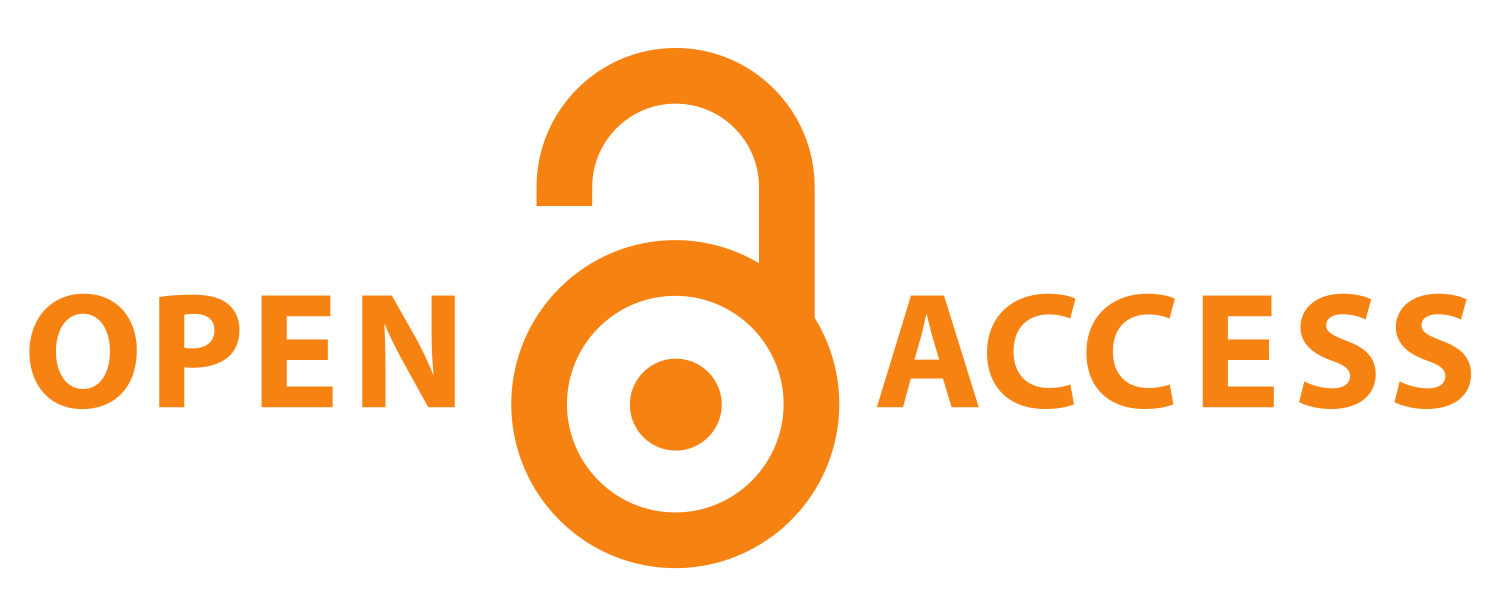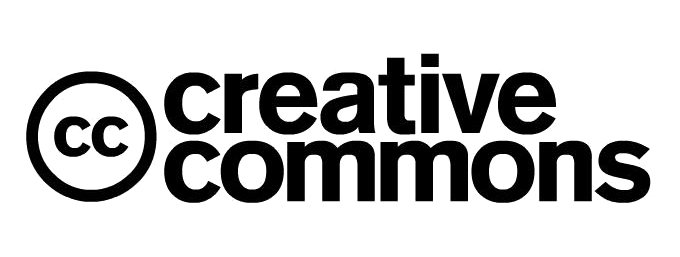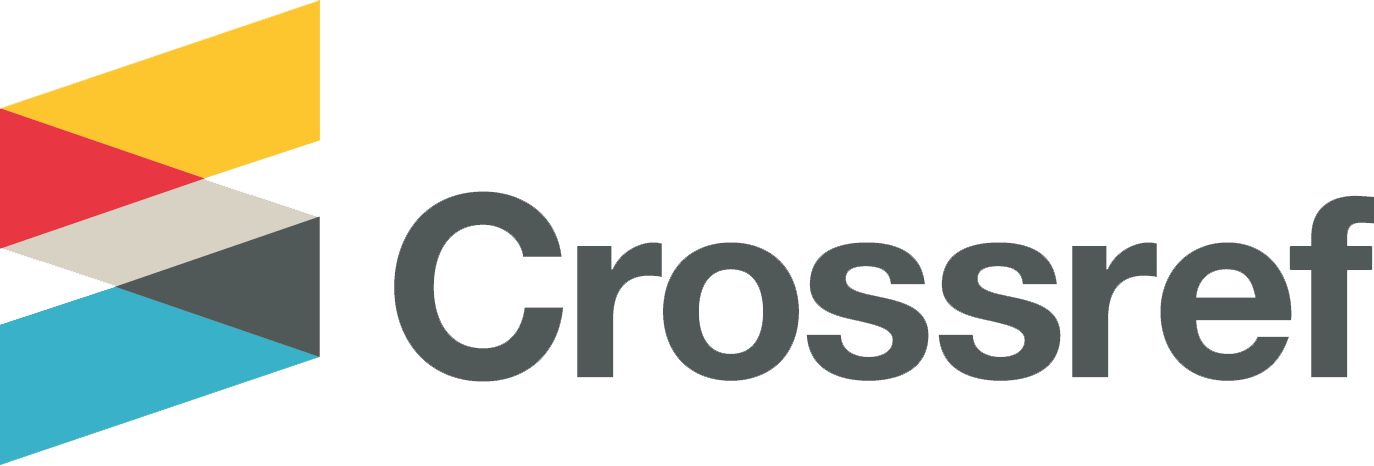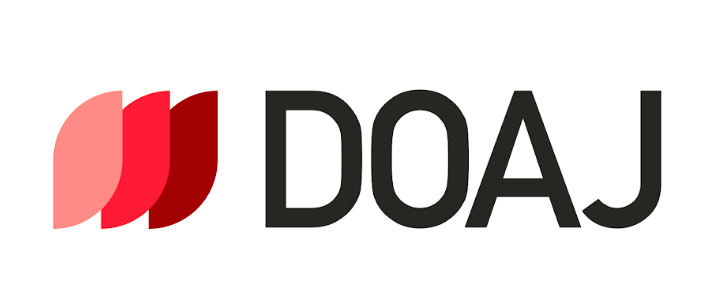Dielectric relaxation in nanocomposites based on thermoplastic polyimide and carbon nanofibres
DOI:
https://doi.org/10.33910/2687-153X-2020-1-1-15-19Keywords:
dielectric relaxation, polymeric composites, polyimideAbstract
The article presents the study of R-SOD 3% nanocomposite’s molecular mobility based on thermoplastic PI (R-SOD) with 3% of carbon nanofibres by dielectric method. Dielectric spectrum shows two processes of dipole polarisation relaxation: in the glassy state (local β process) and in the highly elastic state (cooperative a process) related to molecular mobility of phenyl rings with polar —О— groups in diamine and dianhydride parts of a macromolecule and to segmented motion, respectively.
References
Bryant, R. G. (2006) Polyimides. In: Encyclopedia of polymer science and technology. 4th ed. [Online]. Available at: https://onlinelibrary.wiley.com/doi/pdf/10.1002/0471440264.pst272.pub2. DOI: 10.1002/0471440264.pst272.pub2 (In English)
Havriliak, S., Negami, S. (1967) A complex plane representation of dielectric and mechanical relaxation processes in some polymers. Polymer, 8, 161–210. DOI: 10.1016/0032-3861(67)90021-3 (In English)
Hedvig, P. (1977) Dielectric spectroscopy of polymers. Bristol: Adam Hilger Ltd., 430 p. (In English)
Kremer, F., Schönhals, A. (eds.). (2012) Broadband dielectric spectroscopy, Berlin; Heidelberg: Springer, 729 p. DOI: 10.1007/978-3-642-56120-7 (In English)
McCrum, N. G., Read, B. E., Williams, G. (1967) Anelastic and dielectric effects in polymeric solids. London; New York: John Wiley, 617 p. (In English)
Nikonorova, N. A., Kononov, A. A., Dao, H. T., Castro, R. A. (2019) Molecular mobility of thermoplastic aromatic polyimides studied by dielectric spectroscopy. Journal of Non-Crystalline Solids, 511, 109–114. DOI: 10.1016/j.jnoncrysol.2018.12.032 (In English)
Downloads
Published
Issue
Section
License
Copyright (c) 2020 Hong Thi Dao, Rene Alejandro Castro Arata, Alexey A. Kononov, Natalia N. Nikonorova

This work is licensed under a Creative Commons Attribution-NonCommercial 4.0 International License.
The work is provided under the terms of the Public Offer and of Creative Commons public license Creative Commons Attribution 4.0 International (CC BY 4.0).
This license permits an unlimited number of users to copy and redistribute the material in any medium or format, and to remix, transform, and build upon the material for any purpose, including commercial use.
This license retains copyright for the authors but allows others to freely distribute, use, and adapt the work, on the mandatory condition that appropriate credit is given. Users must provide a correct link to the original publication in our journal, cite the authors' names, and indicate if any changes were made.
Copyright remains with the authors. The CC BY 4.0 license does not transfer rights to third parties but rather grants users prior permission for use, provided the attribution condition is met. Any use of the work will be governed by the terms of this license.







